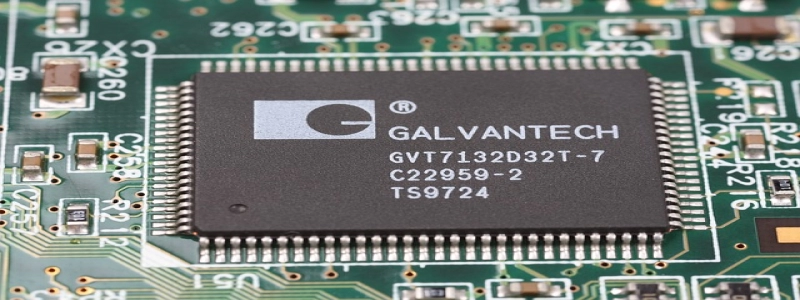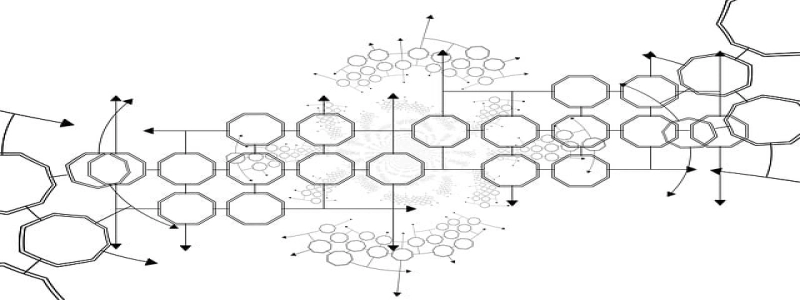多级标题:Color Code Ethernet Cable
——
Introduction
———————
Explanation of Ethernet Cable
————————————
Why is Color Coding Important?
——————————————
Standard Color Coding for Ethernet Cable
—————————————————
Alternative Color Coding for Ethernet Cable
——————————————————
Conclusion
—————
——
Introduction
Ethernet cables are commonly used to connect devices in a computer network. These cables transmit data using a specific set of electrical signals. To ensure proper connectivity and avoid confusion, ethernet cables are color-coded. This article will explain the importance of color coding and provide information on the standard and alternative color codes used for ethernet cables.
Explanation of Ethernet Cable
Ethernet cables consist of twisted pairs of copper wires enclosed in a plastic sheath. These cables are used to transmit data between devices, such as computers, routers, and switches, in a local area network (LAN). Each wire inside the cable carries a different electrical signal, allowing for the transmission of data.
Why is Color Coding Important?
Color coding is crucial for ethernet cables because it helps identify the specific purpose of each wire inside the cable. The correct wiring scheme ensures that data is transmitted accurately and efficiently between devices. It also simplifies troubleshooting and maintenance tasks by allowing technicians to quickly identify and rectify any issues with the cable.
Standard Color Coding for Ethernet Cable
The most widely used color coding scheme for ethernet cables is known as the T568A and T568B standards. These standards define the arrangement of the wires within the cable’s connectors. The T568B standard is more commonly used in the United States, while T568A is prevalent in Europe and other regions.
In the T568B standard, the wire colors are as follows:
– Pin 1: White/Orange
– Pin 2: Orange
– Pin 3: White/Green
– Pin 4: Blue
– Pin 5: White/Blue
– Pin 6: Green
– Pin 7: White/Brown
– Pin 8: Brown
In the T568A standard, the wire colors are as follows:
– Pin 1: White/Green
– Pin 2: Green
– Pin 3: White/Orange
– Pin 4: Blue
– Pin 5: White/Blue
– Pin 6: Orange
– Pin 7: White/Brown
– Pin 8: Brown
Alternative Color Coding for Ethernet Cable
While the T568A and T568B standards are widely accepted, there are alternative color coding schemes used in some situations. These alternative schemes primarily differ in the arrangement of the green and orange wires. However, it is essential to note that using different color codes may lead to compatibility issues with network devices and should be avoided unless necessary.
Conclusion
Color coding ethernet cables is vital for ensuring proper connectivity and facilitating efficient network management. The standard color coding schemes, such as T568A and T568B, provide uniformity and ease of use in different regions. While alternative color coding may exist, it is crucial to adhere to standard practices to avoid compatibility issues. By understanding and implementing the correct color codes, network administrators can maintain reliable and efficient communication within their computer networks.







